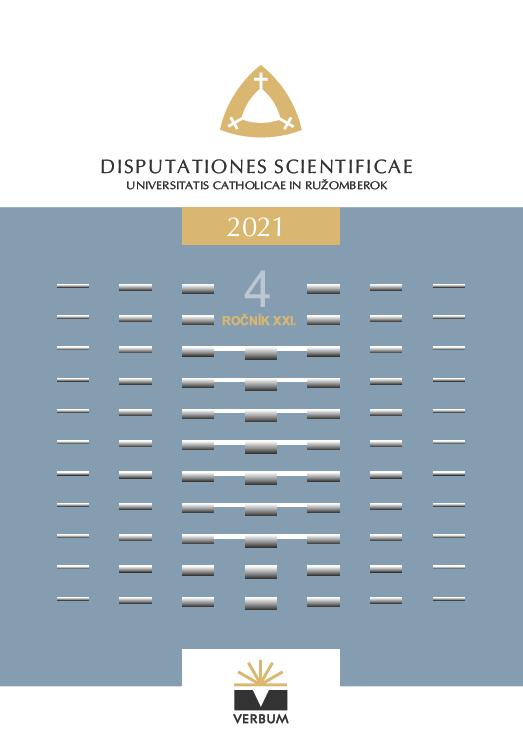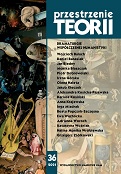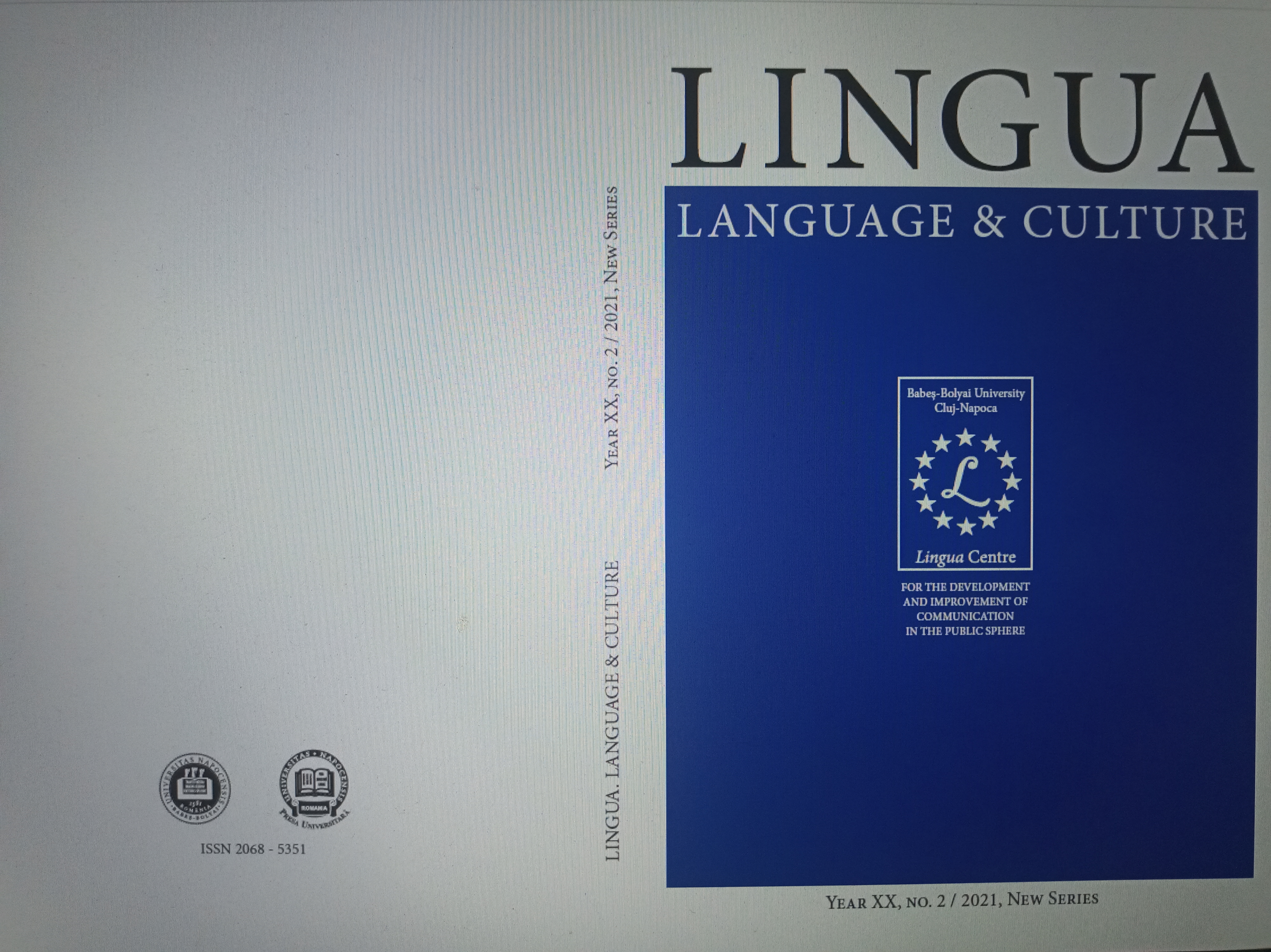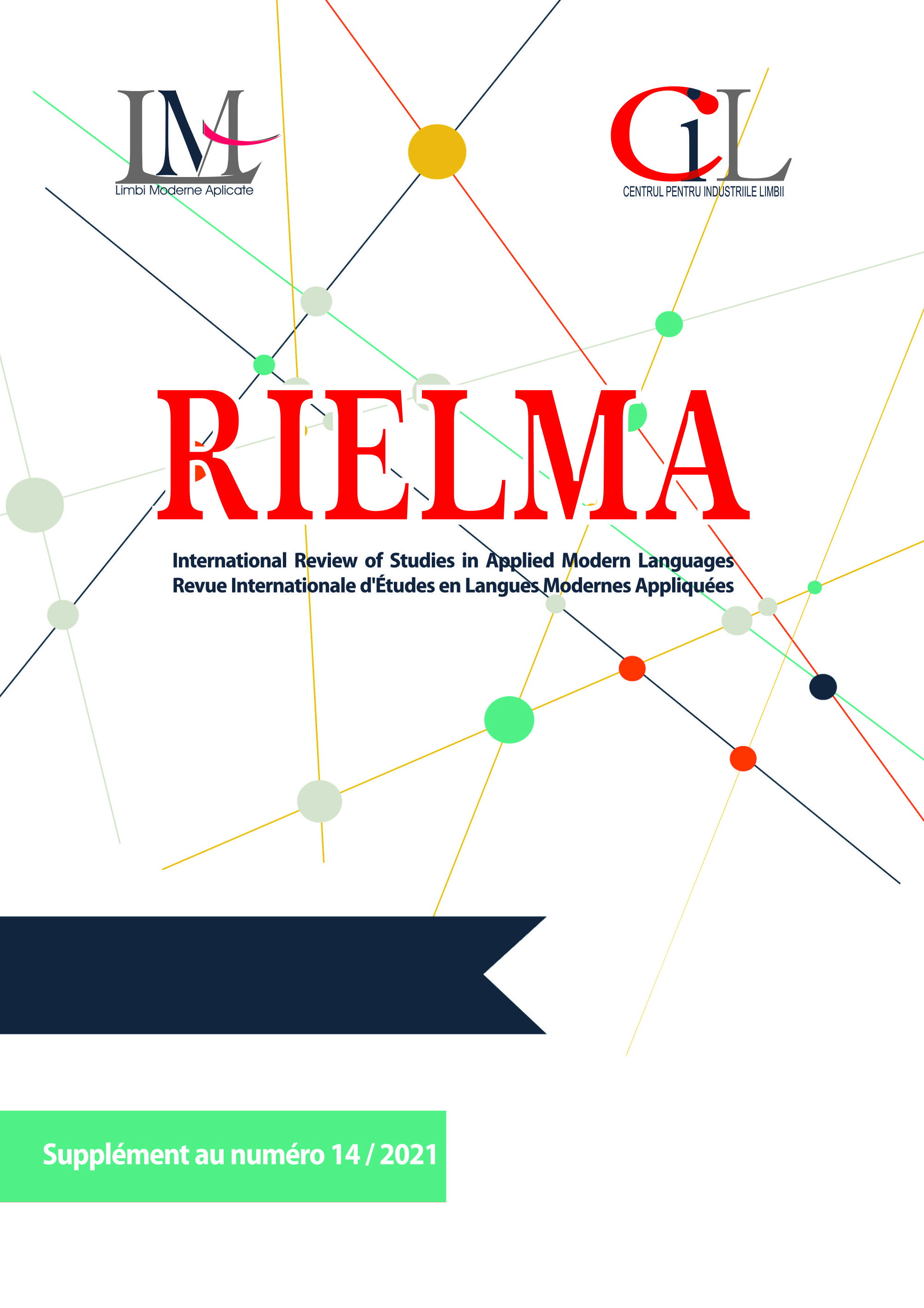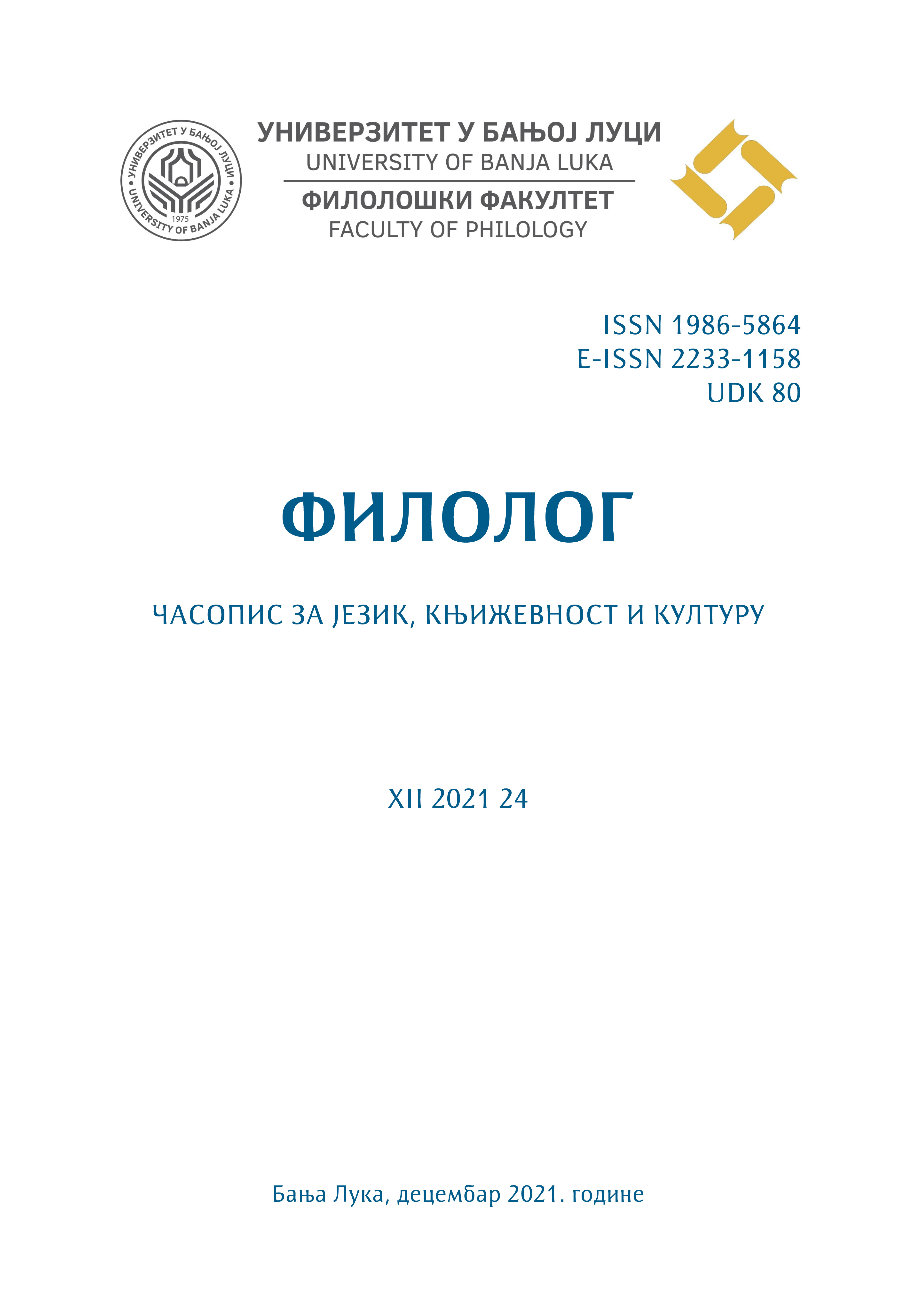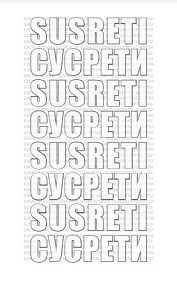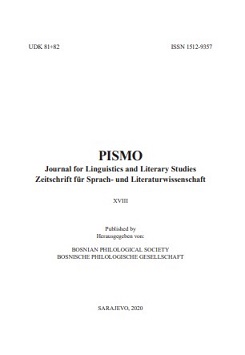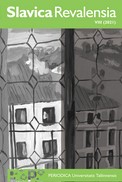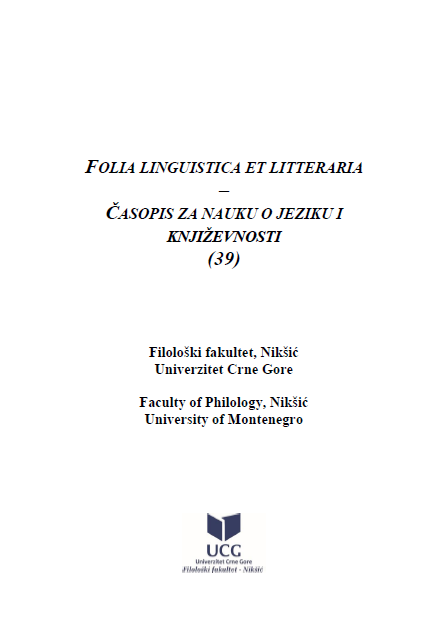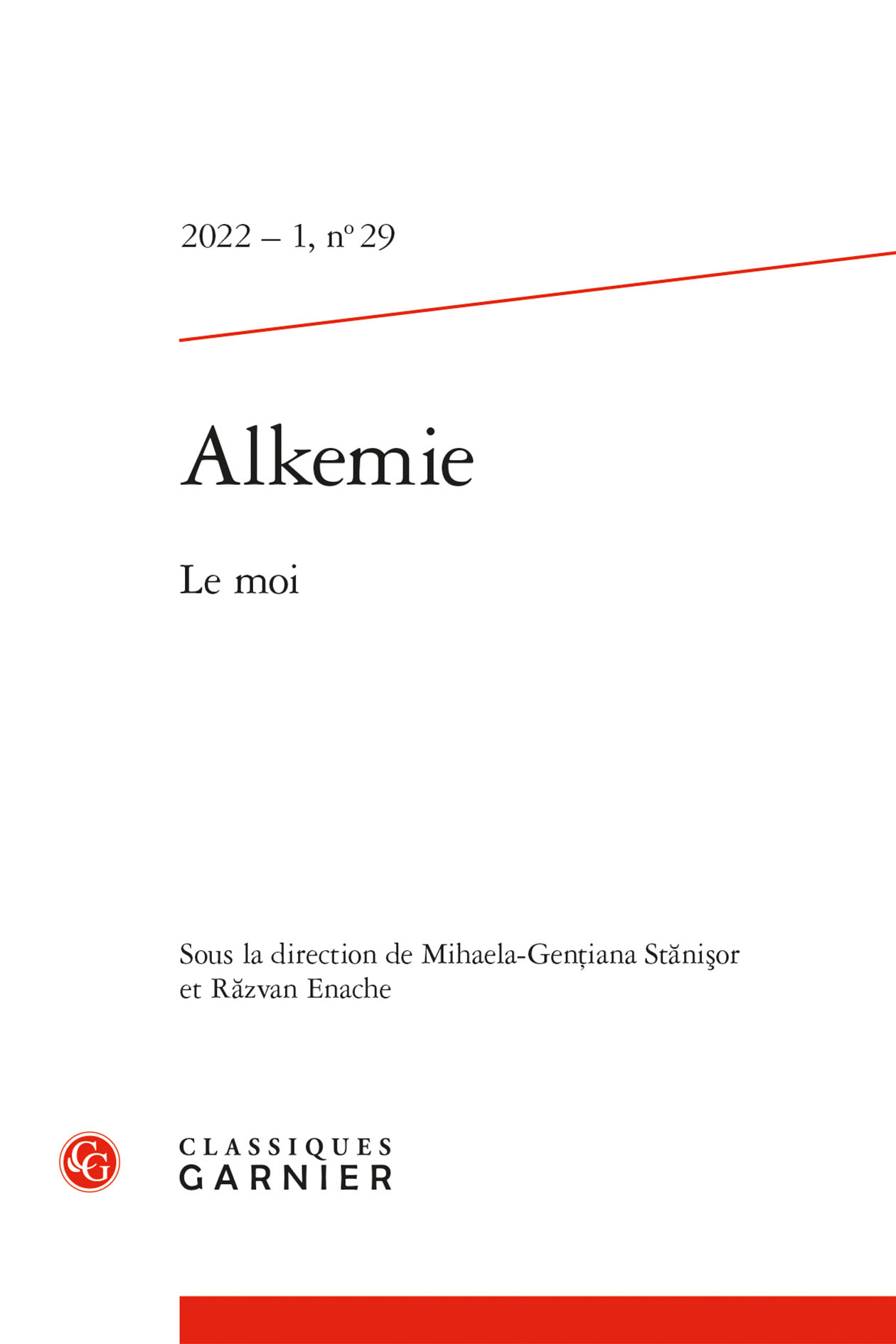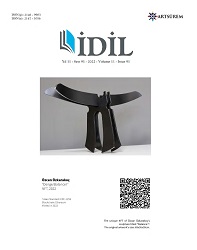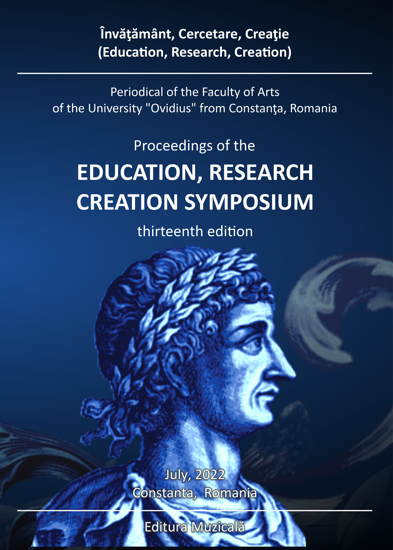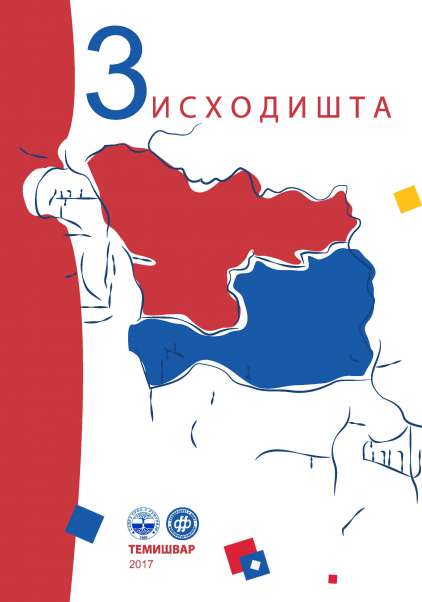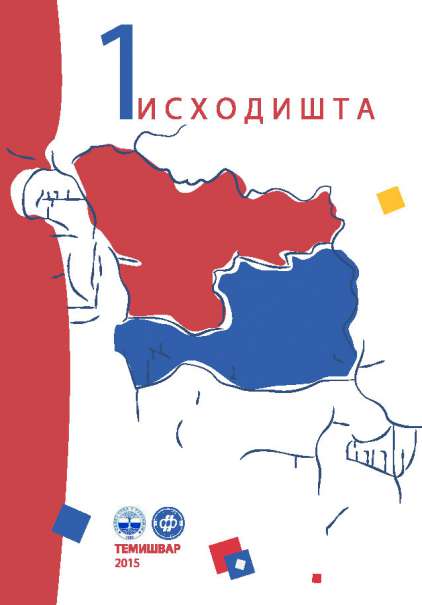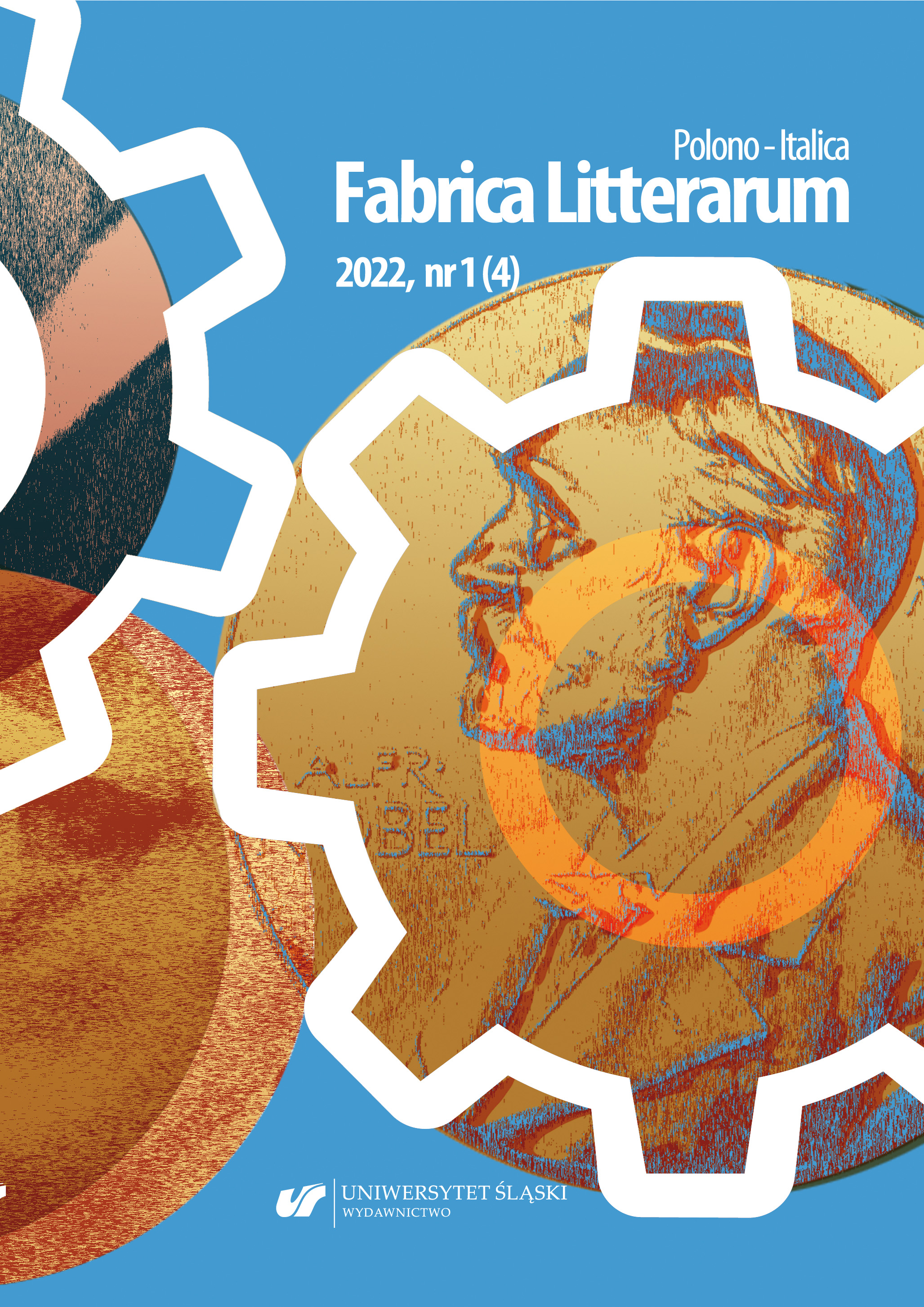Author(s): Elmir Spahić / Language(s): Bosnian
Issue: 18/2020
Decadentism in Italian literature mimicked the change of social paradigms of the late nineteenth and early twentieth centuries, highlighting the existential problems and anomalies of the individual, while thematizing diseases and a kind of bizarreness, as well as excluding forms of vitality and the fluid state. Zeno Cosini, the protagonist of Italo Svevo’s novel From hero to Zeno is the archetype of an anti-hero who avails of psychoanalysis but cannot change the past and his identity. However, with the help of psychoanalysis, he gets to know himself and his complete conscience, as well as the disease conditioned by the increased pangs of conscience. Zeno’s inner monologue technique “made him speak”, introduced him to his identity palimpsest, revealing his own anomalies, such as the obsessive figure of the father and the general indolent spirit, to the world of imaginary patients, paranoids and fictitiously healthy characters, and, ultimately, leading to a crash of the humanism caused by excessive scientism. The influence of Stekel, Freud, Weiss and Spitz on the text organization is obvious, although Svevo specifically denied Freud’s significance for this novel, which is not sustainable, because it contains typical concepts of Freud’s teaching such as omissions, oneirism, etc. The final part of the novel emphasizes self-knowledge through writing, or art itself, which is a record of ourselves and our conscience.
More...
